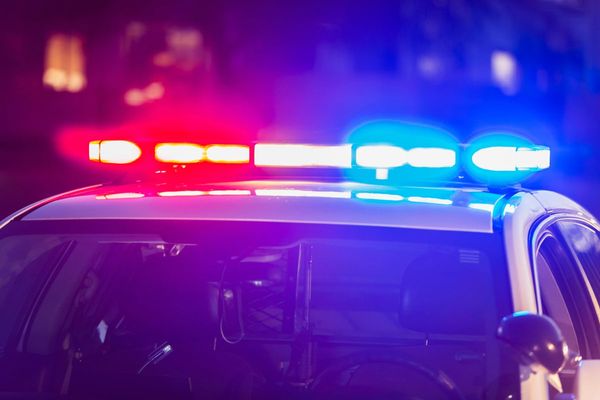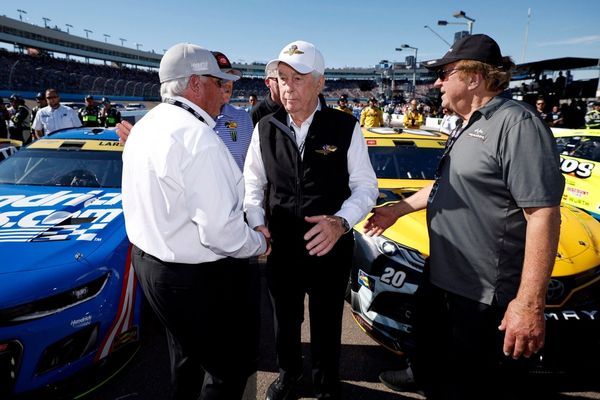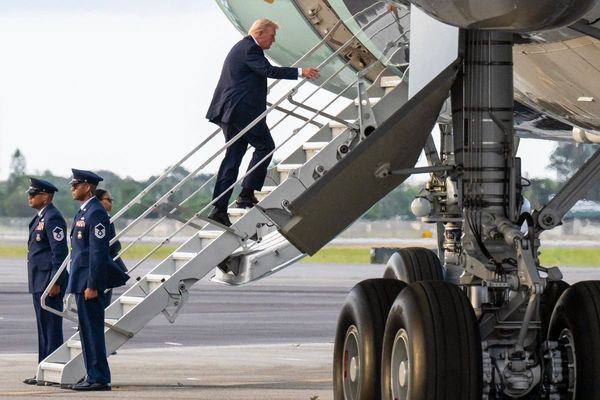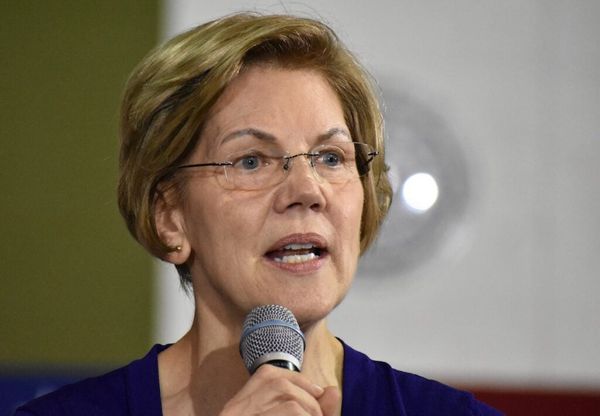
Ever had a non-alcoholic beer before?
If not, you're among an increasingly smaller group of consumers. Drinkers who opt for low- and no-alcohol beverages are growing in size and regularity, according to recent data from IWSR.
DON'T MISS: Fireball Shots May Not Get You Drunk (So, It's About the Taste?)
"Driven by increasing consumer demand, no- and low-alcohol beer/cider, wine, spirits, and ready-to-drink (RTD) products grew by more than +7% in volume across 10 key global markets in 2022," the finding reports. "The pace of growth is expected to surpass that of the last 4 years, with forecast volume CAGR of +7%, 2022-26, compared to +5%, 2018-22. No-alcohol will spearhead this growth, expected to account for over 90% of the forecast total category volume growth."
Take a stroll down the aisles of your local package store and you might be surprised to find that more and more shelf space is occupied by beers, seltzers and soft drink-type beverages that either contain very little, or in some cases, no alcohol at all.
That's right. Some people really do drink beer for the taste.
Why Is Low- And No-Alcohol Beer So Popular?
Like many trends, it's difficult to put a finger on when and why exactly the no-booze one got started. Some speculate it has to do with an increasingly health-conscious population, rattled by the pandemic and more motivated to take their health into their own hands.
A recent Gallup poll suggests the number of adults who consume alcohol continues to dwindle. In 2010, 67% of adults said they drank alcohol. In 2019, that number dropped to 65% of adults. In 2021, only about 60% said they did. For reference, around 71% of adults said they drank between the 1976-78.
Which brings us to present day, where fully 40% of adults do not drink alcohol in any capacity. The largest age group participating in this trend are millennials, but as Generation Z comes of us, expect that cohort to opt for dryer options, too.
It's worth noting that not everyone who drinks low- or no-alcohol drinks are fully sober, however.
"Switching between alcohol and no/low is common, both in the same occasion and between different ones," IWSR found. "78% of consumers of no/low products also drink full-strength alcohol; the largest subset (41% of no/low consumers) are classified as ‘substituters’, who choose no/low products when avoiding alcohol on certain occasions."
"However, ‘abstainers’, who refrain from drinking alcohol altogether, account for 18% of no/low consumers, and their numbers are rising in most markets, with younger legal-drinking-aged consumers at the fore. The ‘abstainers’ group has changed most in size in the past year, with nine out of 10 markets seeing an increase."
Companies Are Getting In On The Dry Trend
Many popular beverage companies are capitalizing on the booze-less trend, including Guinness, Heineken, Corona Budweiser and Molson Coors. Singer Katy Perry also recently released an alcohol-free cocktail line, called De Soi, which retains the dry and bubbly flavor profile many cocktails have, but swaps booze for adaptogens, which are chemical compounds that bring about calmer and happier moods -- without the hangover.
And even drink giant PepsiCo (PEP) has involved itself in the dry debate, with its namesake's Pepsi Twitter account recently tweeting, "Non-alcoholic beer should just be called soda."







